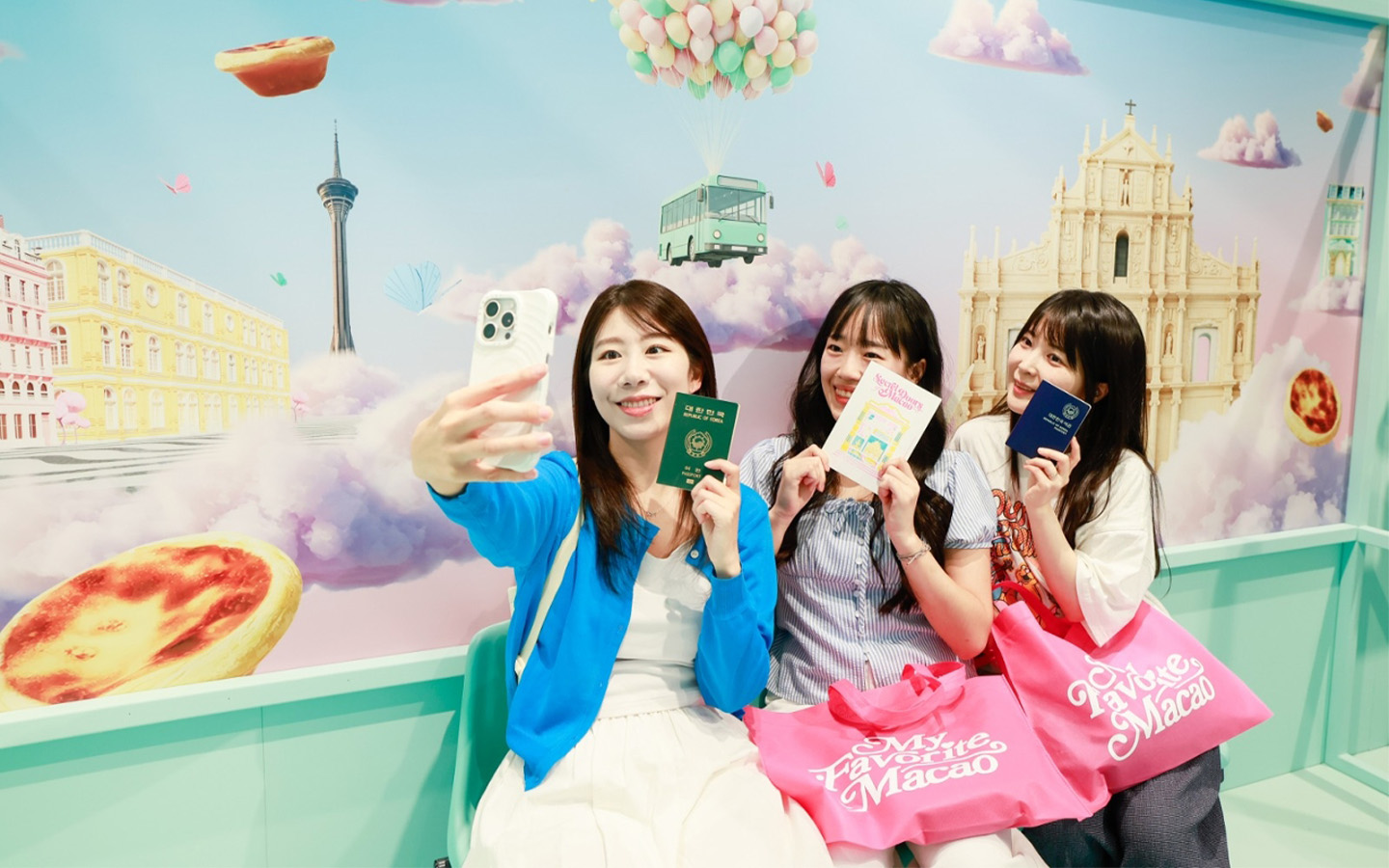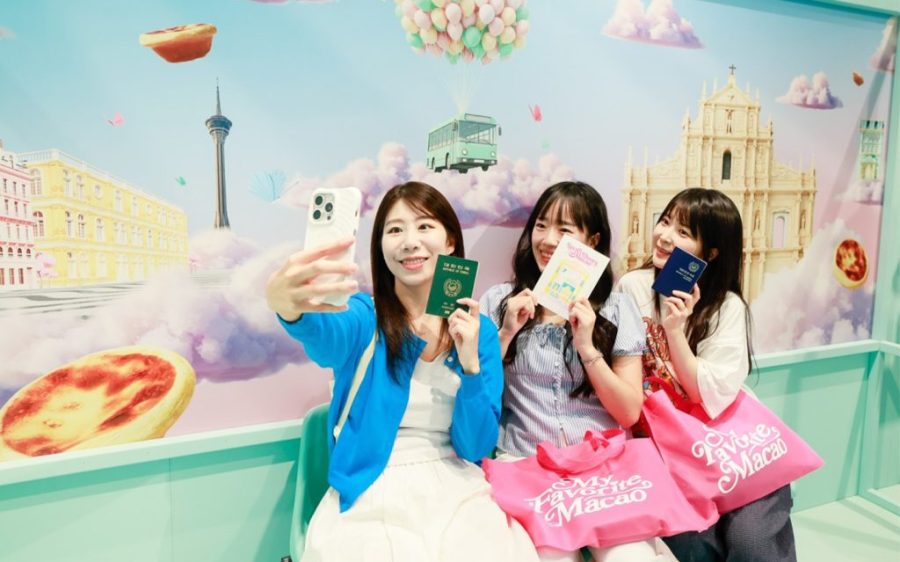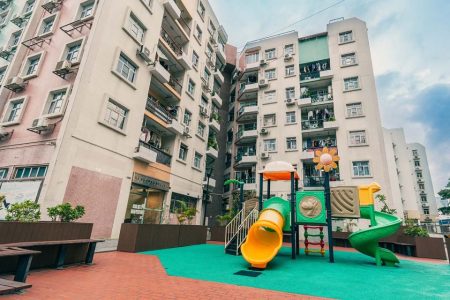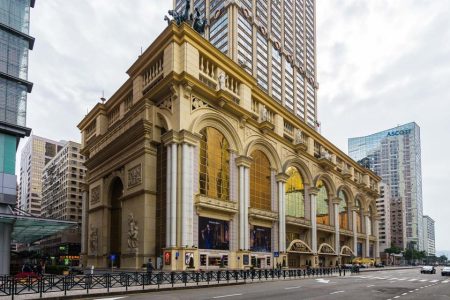Macao’s tourism industry is doubling down on the South Korean market, with the Macao Government Tourism Office (MGTO) setting a target of 500,000 South Korean visitors this year. This figure equates to around 67 percent of the total recorded in pre-pandemic 2019.
Speaking to the media last week, MGTO director, Maria Helena de Senna Fernandes said that the goal over the next two years would be to bring the South Korean visitor total back to the pre-pandemic high of 800,000 “as quickly as possible.”
South Korea is currently Macao’s greatest source of foreign travellers and its fourth largest market overall, behind mainland China, Hong Kong and Taiwan.
MGTO data shows that in the first fourth months of 2025, visitors from South Korea totalled 209,470, up by 25.4 percent year-on-year. While significant, this number is still only around 65 percent of the total recorded during the same period in 2019.
Senna Fernandes also noted that there were currently around 35 weekly flights operating between Macao and South Korea, a figure that pales in comparison to the pre-pandemic total of roughly 65 air routes per week.
In an attempt to attract more South Korean visitors, especially those in the younger demographic, the MGTO held an Experience Macao roadshow in Seoul between 30 May and 2 June.
[See more: The MGTO targets South Korea’s Millennials and Gen Z travellers]
The importance of the South Korean market has not been lost on the local casino operators either, with Wilfred Wong, the executive vice chairman of Sands China, telling the Korea Herald that “we look at Korea as a very strong market.”
Wong noted that his company’s newly renovated hotel, the Londoner Grand, leaned heavily towards the Korean market, as illustrated by its concierge staff who can speak Korean and restaurants that cater to the tastes of such visitors.
In recent years, the Macao government has also been looking to broaden the international market base through various initiatives, including the latest edition of its free bus and ferry tickets scheme for overseas travellers who are entering Macao via Hong Kong.
According to Senna Fernandes, the promotion, which runs between 1 May and 31 December, has achieved “pretty good results” so far, attracting almost 38,000 redemptions in May.
The MGTO director pointed out that around 30,000 free ferry tickets had been collected in May, while some 7,700 international visitors had redeemed over 2 million patacas in bus tickets. Visitors who took advantage of the scheme were mainly from Singapore, South Korea, India, Japan and the Philippines.
Macao’s tourism industry also received a boost from the recent Dragon Boat Festival holiday, which ran from 31 May to 2 June. Law enforcement data cited by local media indicates that around 390,000 visitors entered the city during the three-day break, with most preferring to travel to Macao via the Border Gate, the Hong Kong-Zhuhai-Macao Bridge and the Hengqin Port. Overall, inbound and outbound border crossings during the holiday period exceeded 2.05 million.






